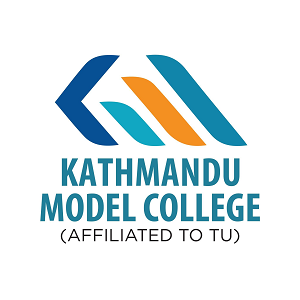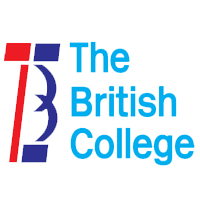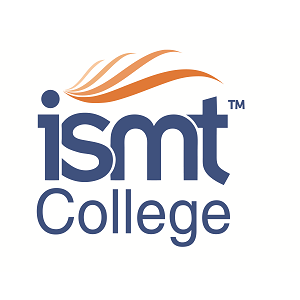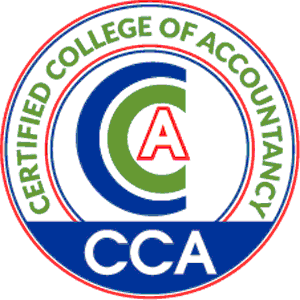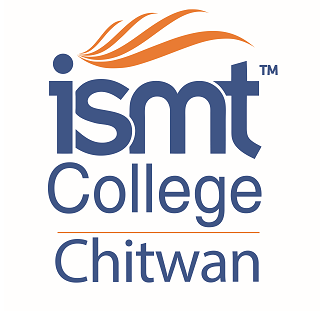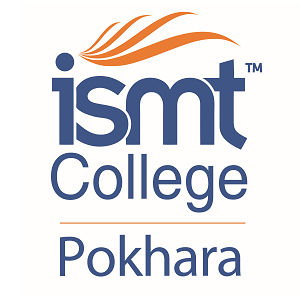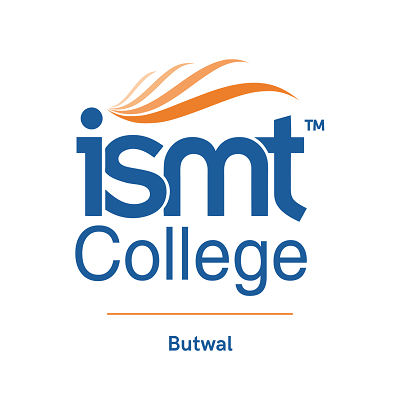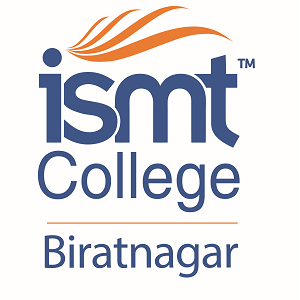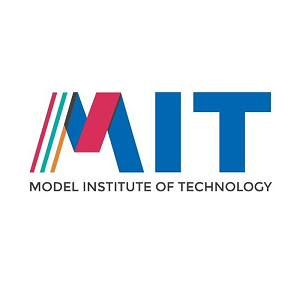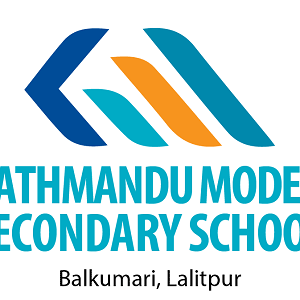Overview
Certificate in General Medicine (Health Assistant) at Santa Alpamai Ramnarayan Raya Yadav Nursing College
If you want a hands-on clinical role after SEE, the Health Assistant (HA) program offers direct patient care skills that Nepal’s primary healthcare network uses every day.
The Santa Alpamai Ramnarayan Raya Yadav Nursing College, Malangwa, Sarlahi, runs this CTEVT-affiliated course with 40 seats, following standards recognized by the Nepal Health Professional Council for registration.
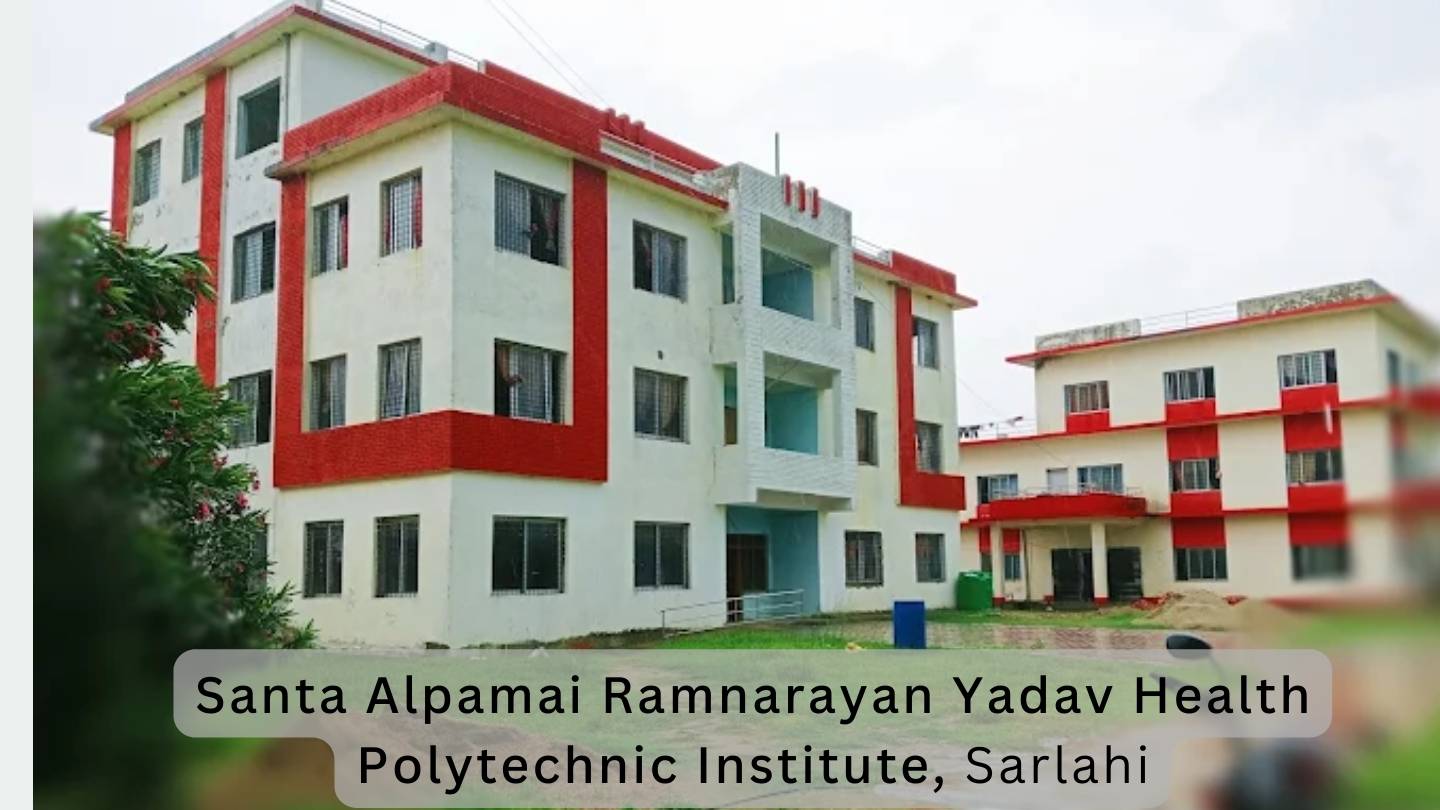
Overview
The HA course trains mid-level health workers for outpatient care, emergency support, maternal-child health, and community programs. Learning follows the CTEVT syllabus with a balance of classroom study, lab practice, and field/clinical postings.
Highlights
-
Three-year program mapped to NHPC registration
-
Skills labs for procedures and basic diagnostics
-
Community health postings as per curriculum
-
Case-based learning, logbooks, and practical checklists
-
Student guidance on ethics, safety, and communication
Curriculum Details
Here’s what you’ll cover over three years.
Year 1
-
Basic Medical Sciences: Anatomy, Physiology, Biochemistry
-
Community Health I, Health Education
-
First Aid, Basic Pharmacology concepts
-
Practical: vital signs, aseptic technique, documentation
Year 2
-
Medicine and Nursing Care fundamentals
-
Maternal and Child Health I
-
Communicable Diseases, Nutrition
-
Practical: wound care, injections per protocol, referral process
Year 3
-
Medicine, Surgery, Orthopedics, ENT, Eye basics
-
Maternal and Child Health II, Family Planning
-
Community Health II and field work
-
Comprehensive practical exams and board assessments
Objectives
-
Provide safe primary care within HA scope
-
Recognize emergencies and arrange timely referrals
-
Conduct health education and basic surveillance
-
Maintain accurate records and uphold patient rights
Scope
HA graduates serve in health posts, primary hospitals, community programs, and emergency units. Roles include outpatient support, minor procedures under supervision, immunization sessions, and public health outreach. Further study options include Bachelor-level health sciences based on receiving institutions’ criteria.
Learning Outcomes
-
Conduct history taking and basic physical examination
-
Administer essential procedures within scope
-
Identify red-flag symptoms and refer appropriately
-
Engage communities on sanitation, nutrition, and prevention
Skill Development Modules
-
Vital monitoring and emergency response basics
-
Injection safety and dressing
-
Maternal-child health support and counseling
-
Data recording, reporting, and communication
Teaching Methodology
Faculty teach through structured lessons, demonstrations, simulations, and rotations. Community/clinical postings follow CTEVT instructions. Internal evaluation uses unit tests, OSPE/OSCE methods, and logbook verification.
Admission Requirements
-
SEE or equivalent meeting CTEVT criteria (commonly GPA 2.0 with C in English, Mathematics, and Science), subject to the latest notice
-
CTEVT entrance exam and merit list
-
Document verification and age criteria per official call
-
Seat distribution as per national rules
Career Opportunities
-
Primary care services in public or private facilities
-
Community program facilitation and outreach
-
Support roles in emergency and inpatient units
-
Pathways to higher studies where eligible
Scholarships and Financial Aid
Scholarships follow CTEVT and government policies, including targeted categories published during admission calls. The college communicates details with timelines.
Why Choose This Course?
-
Field-ready clinical skills for Nepal’s primary healthcare setting
-
Council-based registration route under NHPC
-
Balanced exposure to clinical and community contexts in Sarlahi
Conclusion
The HA program offers structured training for real clinical responsibilities. Students learn to serve communities, handle routine cases, and support referrals under Nepal’s standards.



